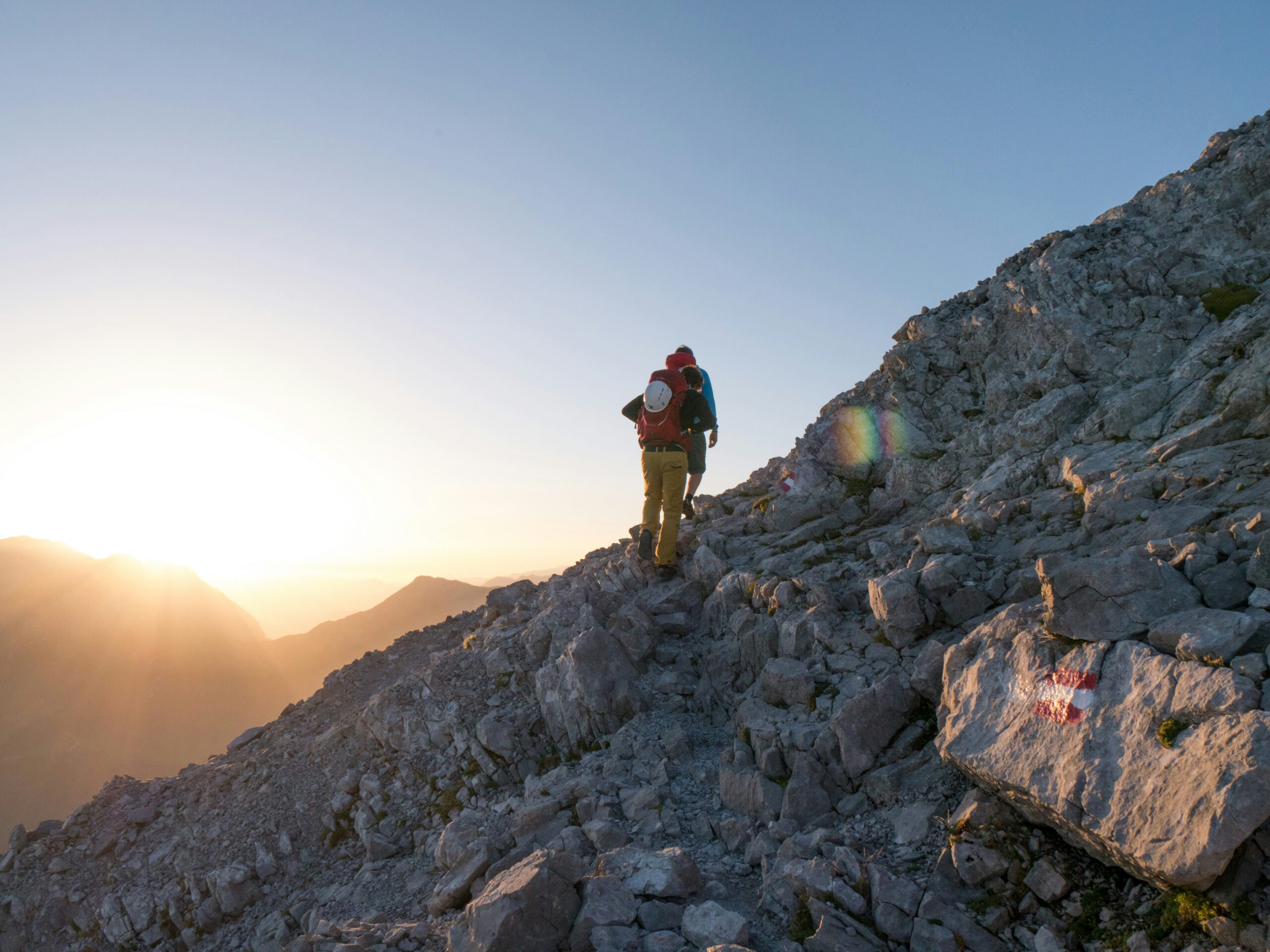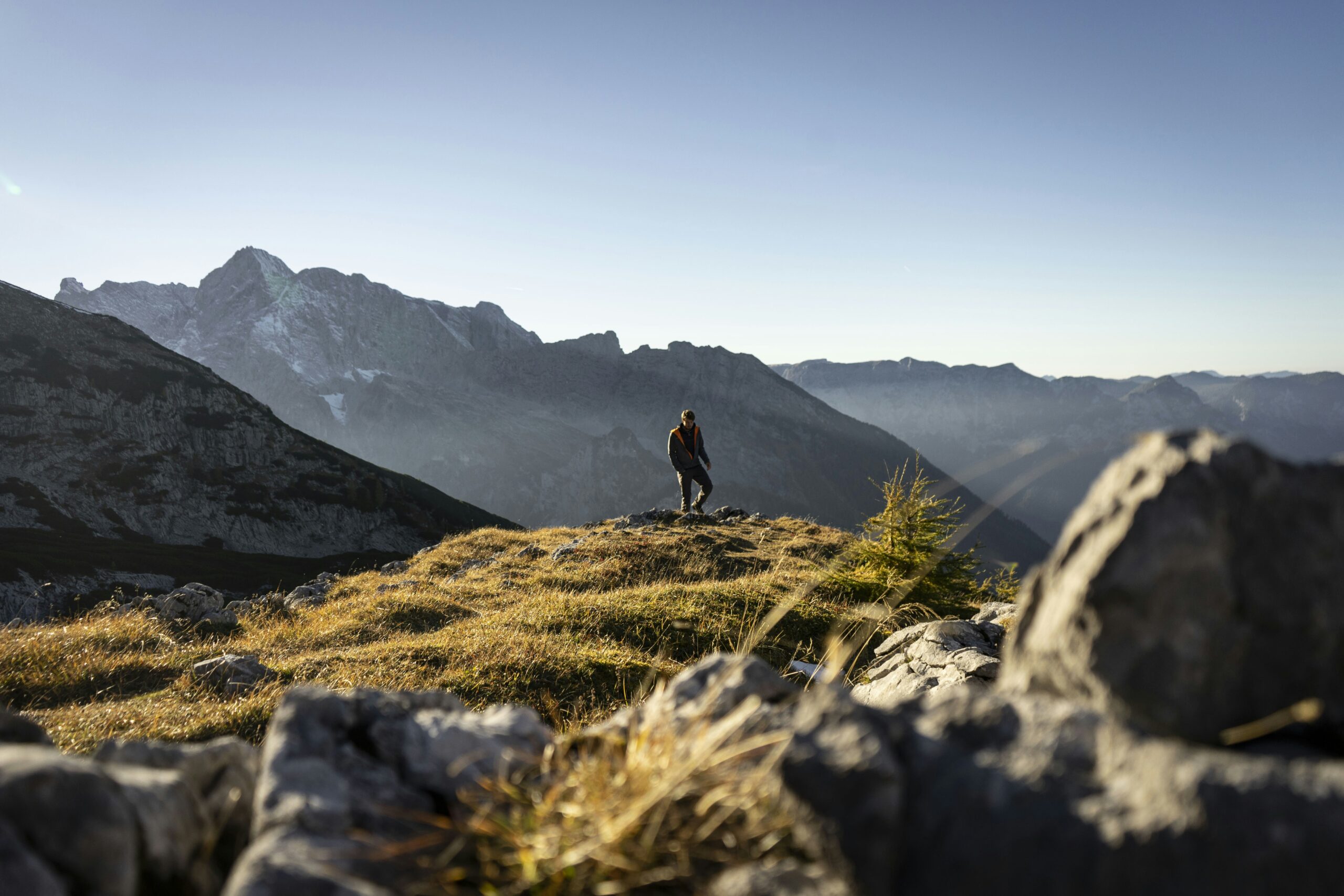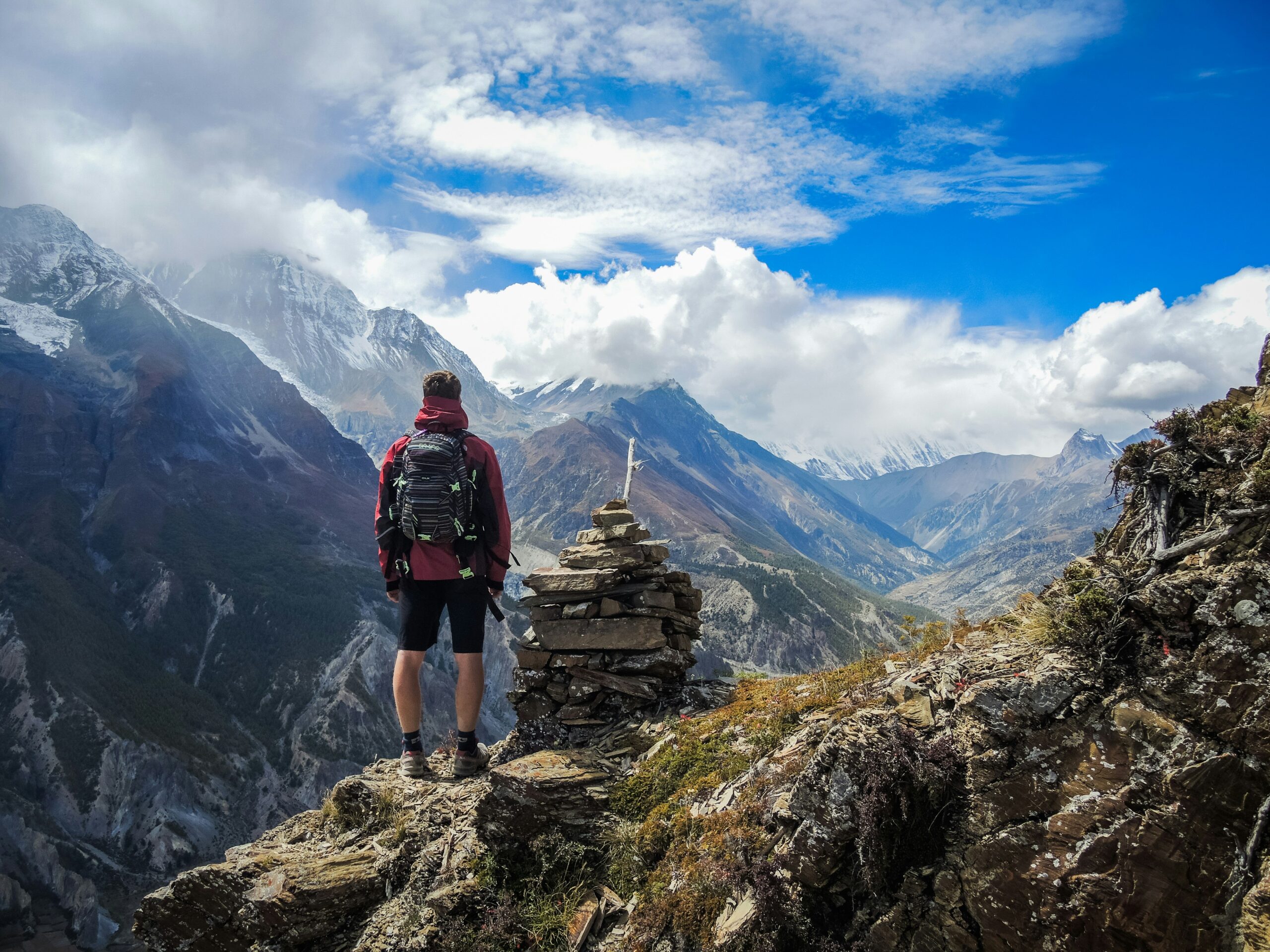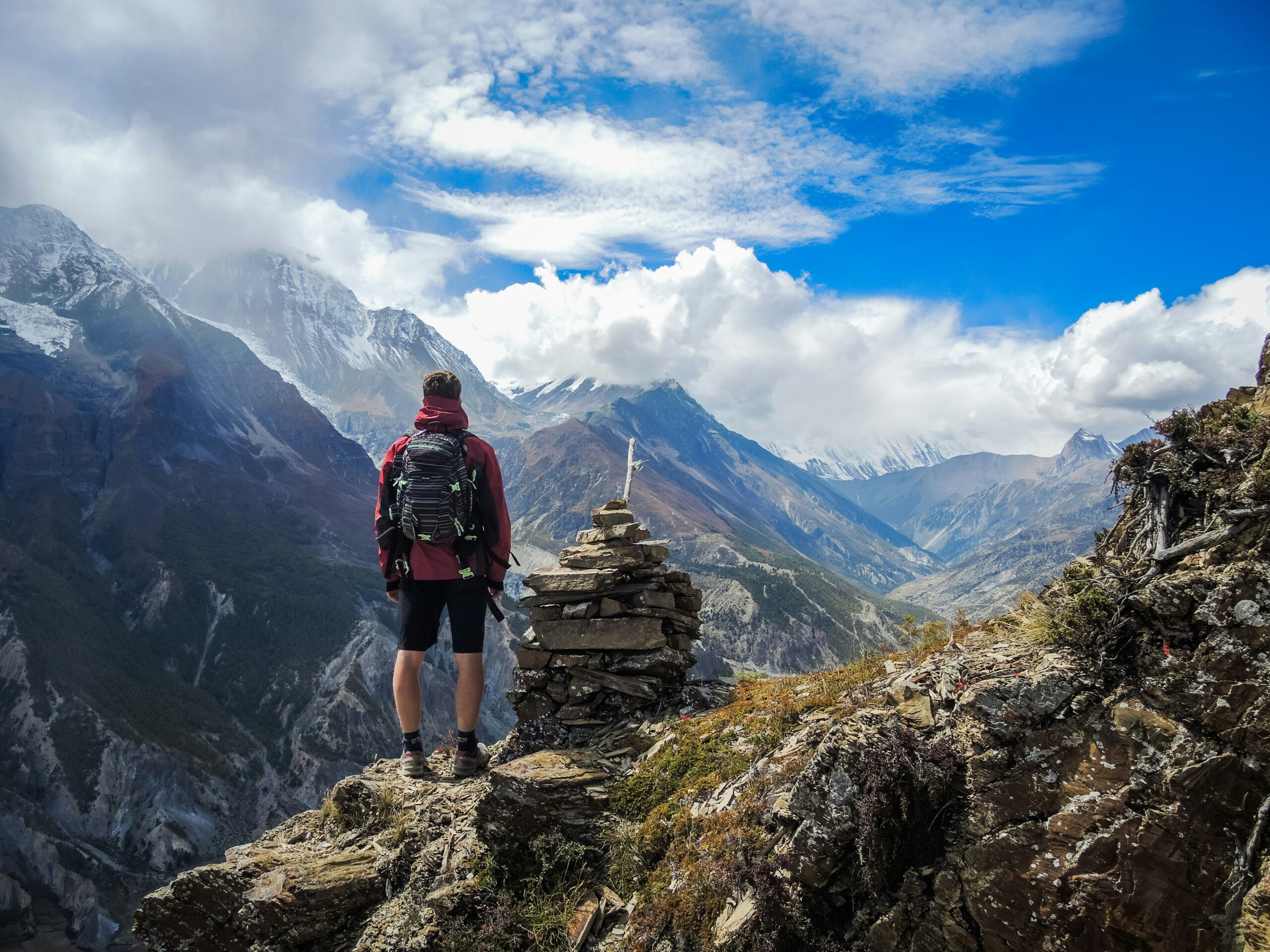If you're a novice hiker looking to explore the breathtaking beauty of Mount Shasta, you might be wondering if there are any trails suitable for beginners. Good news awaits! Mount Shasta boasts a multitude of hiking trails that offer a perfect balance of adventure and ease for those just starting their hiking journey. Whether you're seeking a leisurely stroll through picturesque meadows or a gentle ascent to catch stunning panoramic views, this enchanting region has got you covered. It's time to lace up your hiking boots and discover the wonders that await you on these beginner-friendly trails around Mount Shasta.
Understanding the Terrain of Mount Shasta
Overview of Mount Shasta
Mount Shasta, located in Northern California, is a majestic and iconic mountain that stands at an elevation of 14,180 feet. It is the second-highest peak in the Cascade Range and attracts outdoor enthusiasts from all over the world. The mountain is known for its stunning beauty, diverse terrain, and challenging hiking trails.
Significance of Mount Shasta
Mount Shasta holds immense significance for many indigenous tribes, including the Shasta, Modoc, Achomawi, and Wintu tribes. It is considered a sacred site and is often referred to as the dwelling place of the Great Spirit. The mountain's cultural and spiritual importance adds to its allure and mystique.
General Geography and Terrain
The terrain of Mount Shasta is incredibly varied, ranging from dense forests to glaciers and alpine meadows. The mountain is part of the Shasta-Trinity National Forest, which offers a wide range of recreational opportunities. The area is also rich in biodiversity, with numerous plant and animal species calling this region home.
Planning a Hike Around Mount Shasta
Deciding the Purpose of the Hike
Before embarking on a hike around Mount Shasta, it is important to determine your purpose. Are you seeking a challenging adventure or a more leisurely experience? Are you interested in enjoying the breathtaking views or exploring the flora and fauna? Identifying your goals will help you choose the most suitable trail.
Finding the Ideal Time for Hiking
The ideal time for hiking around Mount Shasta largely depends on personal preference and weather conditions. The summer months, from June to September, offer pleasant temperatures and clearer skies. However, trails can be more crowded during this time. Spring and fall also provide moderate weather conditions, although snow may still be present at higher elevations. Winter is popular for snow sports but requires specialized equipment and knowledge.
Important Items to Carry
When hiking around Mount Shasta, it is crucial to come prepared with essential items. These include adequate water, food, sun protection, a first aid kit, appropriate clothing layers, sturdy footwear, navigation tools, and a flashlight. It is also advisable to carry a map of the area and a compass, especially for longer hikes or in case of unexpected weather changes.

Factors that Make a Hiking Trail Beginner-Friendly
Low Elevation Gain
For beginner hikers, trails with minimal elevation gain are ideal. Gradual inclines and gentle slopes allow for a more enjoyable and less strenuous hiking experience. Look for trails that offer a balanced mix of flat sections and moderate climbs, allowing you to gradually acclimate to the mountainous terrain.
Well-Marked Trails
When venturing into unfamiliar terrain, well-marked trails provide a sense of security and ease navigation. Look for trails that have clearly identifiable markers or signage at regular intervals. This ensures that you stay on the designated path and minimizes the chances of getting lost.
Availability of Facilities
Beginner-friendly hiking trails around Mount Shasta often have facilities such as restrooms or picnic areas at convenient intervals. These facilities offer a sense of comfort and convenience during breaks and provide essential amenities for hikers. Consider trails that have these facilities, especially if you are still building your hiking skills.
Distance of the Hike
Choosing a beginner-friendly trail also means considering the length and duration of the hike. Opt for shorter trails that allow you to complete the hike comfortably, especially as you build your endurance and stamina. It is important to gauge your fitness level and choose trails that are within your capabilities.
Popular Beginner-Friendly Trails
Bunny Flat Trail
The Bunny Flat Trail is a great option for beginners. Located on the south side of Mount Shasta, this trail takes you through a beautiful alpine meadow and offers spectacular views of the surrounding peaks. The trail has a gradual elevation gain and is approximately 3.5 miles round trip. It is well-marked and provides a relatively easy and enjoyable hiking experience.
Castle Lake Trail
Another beginner-friendly trail is the Castle Lake Trail, situated in the Castle Crags Wilderness area. This 2.8-mile loop trail offers stunning views of Castle Lake and the nearby cliffs. With a moderate elevation gain and well-marked path, it is a popular choice for novice hikers. The trail also features informational signs about the local flora and fauna, adding educational value to the hike.
Ney Springs and Faery Falls
For those seeking a unique hiking experience, Ney Springs and Faery Falls offer a beginner-friendly option. This 1.5-mile round trip trail takes you through a lush forest and leads to the picturesque Faery Falls. The trail is well-maintained, scenic, and suitable for hikers of all ages and skill levels.

Safety Measures for Hiking Around Mount Shasta
Weather Considerations
Before embarking on any hike around Mount Shasta, it is important to check the weather conditions and forecast. Weather in the mountains can change rapidly, and being prepared for sudden changes is crucial for safety. Always dress in layers, bring rain gear, and be aware of signs of inclement weather, such as darkening skies or thunder.
Wildlife Encounters
Mount Shasta is teeming with wildlife, including bears, mountain lions, and various bird species. It is important to be knowledgeable about how to safely encounter and coexist with wildlife. Keep a safe distance, never feed or approach animals, and properly store food to avoid attracting wildlife. Carry bear spray as an added precaution, especially in areas known for frequent wildlife sightings.
Avalanche Safety
During the winter months, avalanches are a potential hazard in the backcountry around Mount Shasta. If planning a winter hike, it is essential to check avalanche conditions and carry appropriate safety gear, such as an avalanche beacon, shovel, and probe. It is also advisable to have knowledge of avalanche safety and rescue techniques or travel with an experienced guide.
Hiking Etiquettes
Leaving No Trace
When exploring the trails around Mount Shasta, it is important to adhere to the principles of Leave No Trace. Pack out all trash and litter, dispose of waste properly, respect flora and fauna, and minimize your impact on the environment. By doing so, you help preserve the natural beauty of the area for future visitors.
Respecting Wildlife
Respecting wildlife is paramount when hiking around Mount Shasta. Avoid approaching or disturbing animals, maintain a safe distance, and observe them from afar. Keep pets on a leash to prevent them from chasing or disturbing wildlife. By respecting and observing animals in their natural habitat, you contribute to their safety and well-being.
Consideration for Other Hikers
When hiking on popular trails, it is essential to be considerate of other hikers. Yield to uphill hikers, step aside to allow others to pass on narrow sections, and maintain a reasonable pace. Keep noise to a minimum, refrain from littering, and be courteous and friendly to fellow hikers. Remember, everyone is out to enjoy the beauty of Mount Shasta, so let's make it an enjoyable experience for all.

Permits and Regulations for Hiking Around Mount Shasta
Getting Required Permits
Certain trails around Mount Shasta may require permits, especially for overnight camping or backcountry hiking. It is essential to research and obtain the necessary permits before embarking on your hike. Check with the local visitor center or the managing agency for information on permit requirements and application processes.
Understanding Park Rules and Regulations
To ensure a safe and enjoyable hiking experience, it is crucial to understand and abide by the park rules and regulations. These may include guidelines on camping, campfire restrictions, pet policies, and trail closures. Familiarize yourself with the specific rules and regulations of the area you plan to hike and adhere to them accordingly.
Opening times and Seasonality
Best Times to Visit
The best time to visit Mount Shasta for hiking largely depends on personal preferences and the type of experience you seek. Summer, from June to September, offers pleasant weather and clear skies, making it ideal for hiking. Spring and fall also provide moderate temperatures, although snow may still be present at higher elevations. Winter is popular for snow sports but requires specialized equipment and knowledge.
Avoiding Crowded Times
To avoid crowded trails, it is advisable to plan your hikes during weekdays and offseason periods. Weekends and holidays tend to attract more visitors, leading to busier trails and parking lots. Starting early in the morning also helps in avoiding crowds and enjoying a quieter hiking experience.
Understanding Seasonal Closures
Some trails around Mount Shasta may be subject to seasonal closures, particularly during the winter months or due to maintenance activities. It is crucial to check with the managing agency or local visitor center for any closures or restrictions before planning your hike. Being aware of seasonal closures ensures that you choose a trail that is accessible and open during your visit.
Accessibility of Mount Shasta Trails
Accessibility by Car
Many of the hiking trails around Mount Shasta are accessible by car. There are various trailheads and parking areas conveniently located near the trails. Some trails require driving on unpaved roads or navigating winding mountain roads, so it is important to be cautious and follow the designated routes.
Public Transport Facilities
Public transportation options in the immediate vicinity of Mount Shasta are limited. However, there are private shuttle services available that provide transportation to some popular trailheads. It is recommended to check with local tour operators or transportation services for availability and schedules.
Nearest Accommodations and Facilities
There are several accommodations and facilities in the vicinity of Mount Shasta that cater to hikers and outdoor enthusiasts. From campgrounds and lodges to visitor centers and restaurants, there are options to suit every preference and budget. It is advisable to book accommodations in advance, especially during peak seasons, to ensure availability.
Dealing with Altitude Sickness
What Is Altitude Sickness
Altitude sickness, also known as acute mountain sickness (AMS), can occur when ascending to high altitudes too quickly. It is caused by the body's inability to adjust to the reduced oxygen levels at higher elevations. Symptoms of altitude sickness may include headache, nausea, fatigue, dizziness, and shortness of breath.
How to Prepare for High Altitude
To prepare for high altitude hiking around Mount Shasta, it is recommended to acclimate gradually. Spend a day or two at lower elevation areas before attempting hikes at higher elevations. Stay hydrated, avoid alcohol and caffeine, and eat light, high-carbohydrate meals. It is also advisable to consult with a healthcare professional if you have any pre-existing medical conditions or concerns.
What to Do when Symptoms Occur
If symptoms of altitude sickness occur while hiking, it is important to pause, rest, and descend to a lower elevation. Take slow, deep breaths to increase oxygen intake. If symptoms persist or worsen, seek medical attention immediately. It is crucial to listen to your body and prioritize safety when hiking at high altitudes.

